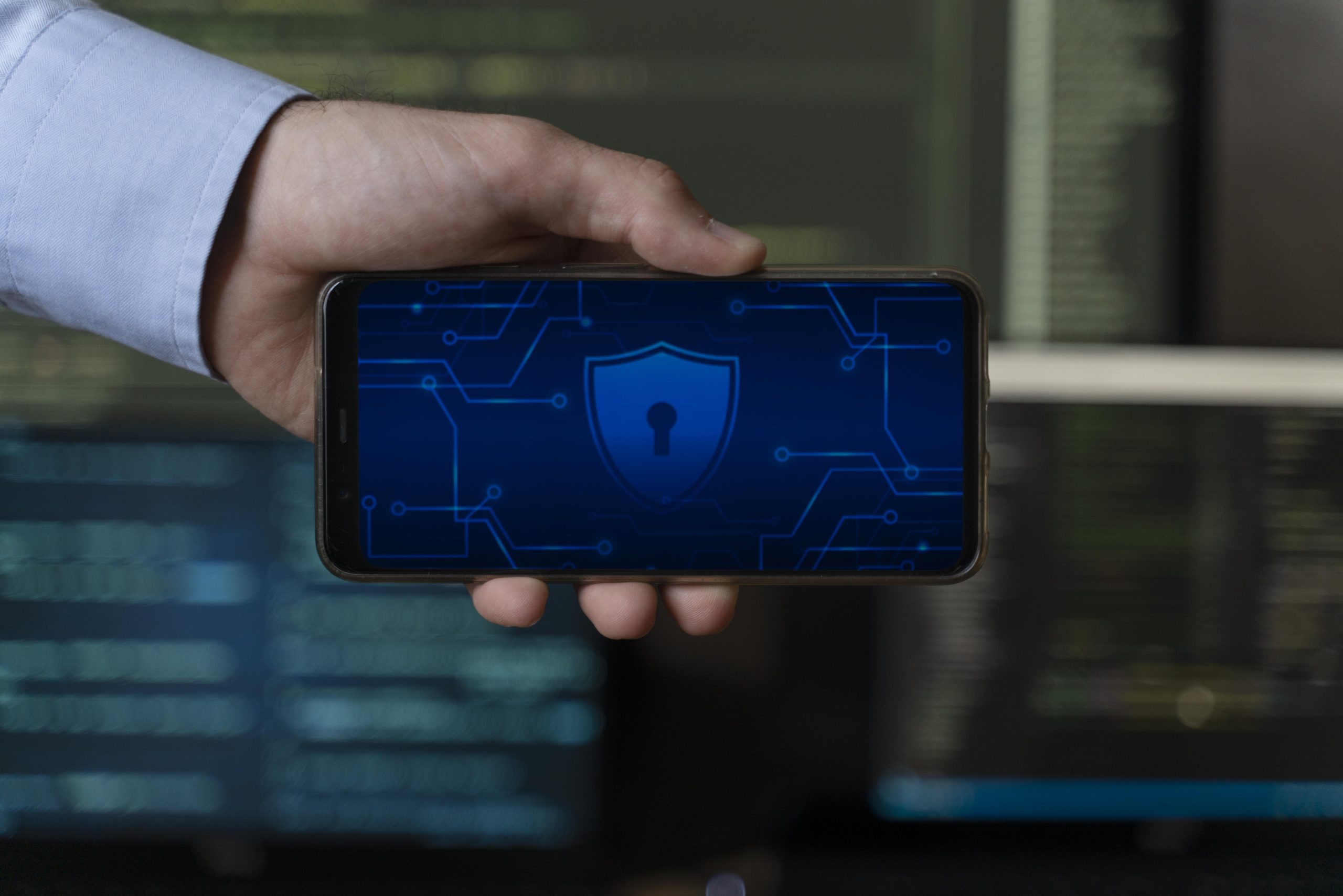In today’s hyper-connected world, cybersecurity has become a critical concern for businesses across the globe, particularly in the United States. As companies like Concertium increasingly rely on digital technologies and data to drive their operations, understanding the landscape of cybersecurity threats is essential for safeguarding sensitive information and maintaining customer trust. This article explores the various types of cybersecurity threats facing businesses in the USA, their implications, and effective strategies for risk mitigation.
The Cybersecurity Landscape in the USA
The United States is a prime target for cybercriminals due to its status as a global economic leader and the vast amounts of data generated and stored by its businesses. According to a report by Cybersecurity Ventures, cybercrime is expected to cost the global economy over $10 trillion annually by 2025. This alarming figure underscores the urgent need for companies like Concertium to adopt comprehensive cybersecurity strategies.
Key Drivers of Cybersecurity Threats
- Increased Digital Transformation: The rapid adoption of cloud computing, IoT (Internet of Things), and remote work has expanded the attack surface for cybercriminals, making it easier for them to exploit vulnerabilities.
- Ransomware Evolution: Ransomware attacks have become more sophisticated and prevalent, affecting organizations of all sizes, from small businesses to large enterprises.
- Regulatory Compliance Requirements: Stricter regulations, such as GDPR and CCPA, impose heavy penalties for data breaches, pushing companies to enhance their cybersecurity measures.
- Human Factor: Employees often represent the weakest link in cybersecurity, as human error can lead to significant security breaches.
Common Cybersecurity Threats
Understanding the various types of cybersecurity threats is crucial for developing effective defense strategies. Below are some of the most common threats faced by businesses in the USA.
1. Phishing Attacks
Phishing is a form of social engineering where attackers impersonate trusted entities to trick individuals into revealing sensitive information, such as login credentials or financial data. Phishing can occur via email, social media, or even phone calls.
- Impact: Phishing attacks can lead to unauthorized access to systems, financial loss, and data breaches.
- Mitigation Strategies: Implement employee training programs focused on recognizing phishing attempts and using multi-factor authentication (MFA) to secure accounts.
2. Ransomware
Ransomware is a type of malware that encrypts a victim’s files, rendering them inaccessible until a ransom is paid. These attacks have surged in recent years, targeting businesses across all sectors.
- Impact: Ransomware attacks can cause significant operational disruptions, financial losses, and reputational damage.
- Mitigation Strategies: Regularly back up data, keep software up to date, and employ advanced endpoint protection solutions to detect and block ransomware.
3. Insider Threats
Insider threats occur when employees or contractors exploit their access to sensitive information for malicious purposes. This can include data theft, sabotage, or unintentional breaches caused by negligence.
- Impact: Insider threats can lead to significant data breaches, financial loss, and damage to organizational reputation.
- Mitigation Strategies: Establish strict access controls, conduct regular audits, and implement employee monitoring solutions to detect suspicious behavior.
4. Distributed Denial of Service (DDoS) Attacks
DDoS attacks overwhelm a network or service with a flood of traffic, rendering it unavailable to legitimate users. These attacks can disrupt business operations and cause financial losses.
- Impact: DDoS attacks can result in downtime, loss of revenue, and damage to customer trust.
- Mitigation Strategies: Implement DDoS protection services, maintain redundancy in network resources, and develop incident response plans to address potential attacks.
5. Malware
Malware refers to malicious software designed to infiltrate, damage, or disable computers and networks. This category includes viruses, worms, Trojans, and spyware.
- Impact: Malware can compromise sensitive data, disrupt operations, and lead to financial losses.
- Mitigation Strategies: Use comprehensive antivirus and anti-malware solutions, keep software updated, and educate employees about safe browsing practices.
6. Data Breaches
Data breaches occur when unauthorized individuals gain access to sensitive information, such as customer data, financial records, or intellectual property. Breaches can result from external attacks or internal negligence.
- Impact: Data breaches can lead to legal penalties, loss of customer trust, and significant financial costs.
- Mitigation Strategies: Implement robust data encryption, conduct regular vulnerability assessments, and establish incident response plans.
Regulatory and Compliance Challenges
In addition to the various types of cybersecurity threats, businesses in the USA must navigate a complex landscape of regulations and compliance requirements. Key regulations include:
- General Data Protection Regulation (GDPR): While GDPR is a European regulation, it affects any company that processes the data of EU citizens, requiring organizations to enhance their data protection measures.
- California Consumer Privacy Act (CCPA): CCPA mandates strict data privacy requirements for companies operating in California, emphasizing transparency and consumer rights.
- Health Insurance Portability and Accountability Act (HIPAA): HIPAA establishes standards for protecting sensitive health information, requiring healthcare organizations to implement stringent security measures.
- Payment Card Industry Data Security Standard (PCI DSS): PCI DSS sets security requirements for organizations that handle credit card transactions, focusing on protecting cardholder data.
Developing a Cybersecurity Strategy for Concertium
To effectively protect against cybersecurity threats, Concertium should implement a comprehensive cybersecurity strategy that includes the following components:
1. Risk Assessment and Management
Conducting a thorough risk assessment is the first step in developing a robust cybersecurity strategy. This process involves identifying potential threats, evaluating their impact, and prioritizing security measures based on risk levels.
- Asset Identification: Catalog all hardware, software, and sensitive data assets to understand what needs protection.
- Vulnerability Scanning: Use vulnerability scanning tools to identify weaknesses in systems and applications.
2. Employee Training and Awareness
One of the most effective ways to mitigate cybersecurity risks is through employee training and awareness programs. This should include:
- Regular Training Sessions: Conduct training on recognizing phishing attempts, safe browsing practices, and data handling procedures.
- Simulated Phishing Tests: Run simulated phishing campaigns to test employees’ responses and reinforce training.
3. Strong Access Controls
Implementing strong access controls is essential for preventing unauthorized access to sensitive information. Strategies include:
- Role-Based Access Control (RBAC): Limit access to sensitive data based on user roles, ensuring that employees only have access to information necessary for their job functions.
- Multi-Factor Authentication (MFA): Require MFA for accessing critical systems and data, adding an extra layer of security.
4. Regular Software Updates and Patch Management
Keeping software and systems updated is crucial for protecting against known vulnerabilities. Concertium should implement:
- Automated Updates: Enable automated updates for operating systems and applications to ensure timely patching of vulnerabilities.
- Patch Management Policy: Develop a patch management policy that outlines procedures for identifying and applying software updates.
5. Incident Response Planning
Having a well-defined incident response plan is essential for minimizing the impact of cybersecurity incidents. Key elements include:
- Incident Response Team: Establish a dedicated team responsible for managing and coordinating the response to security incidents.
- Communication Protocols: Develop clear communication procedures for notifying stakeholders, including customers, employees, and regulators, in the event of a breach.
6. Continuous Monitoring and Threat Intelligence
Continuous monitoring of systems and networks is essential for detecting potential threats in real time. Concertium should invest in:
- Security Information and Event Management (SIEM): Implement SIEM solutions to collect and analyze security data across the organization.
- Threat Intelligence Feeds: Subscribe to threat intelligence services to stay informed about emerging threats and vulnerabilities.
Conclusion
As cyber threats continue to evolve, understanding the landscape of cybersecurity threats is crucial for organizations like Concertium. By recognizing the various types of threats—ranging from phishing attacks to ransomware—and implementing effective mitigation strategies, Concertium can significantly enhance its cybersecurity defenses.
Developing a comprehensive cybersecurity strategy that includes risk assessment, employee training, strong access controls, regular software updates, incident response planning, and continuous monitoring will empower Concertium to protect its sensitive data and maintain trust with its customers.
In an increasingly digital world, prioritizing cybersecurity is not just a technical necessity; it is a fundamental aspect of business resilience. By taking proactive steps to address potential risks, Concertium can position itself for success while navigating the complexities of the modern threat landscape.




